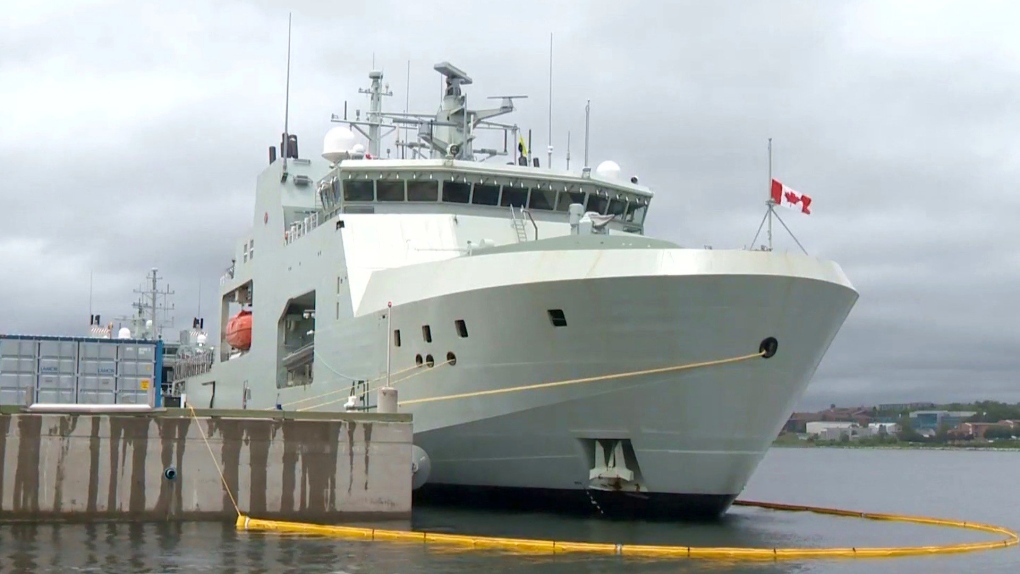- Reaction score
- 6,542
- Points
- 1,040
I think we officially use the same, but generally they get lumped together in practice as 'GSM' in conversation.FWIW, we use GFM/GFE as terms
GFM: Government Furnished Materials
Usually used for consumables (munitions etc) that are either used up in qualifying or testing, or within the first year of use.
GFE: Government Furnished Equipment
Actual permanent items that stay with the item(s) being provided.
Our cost estimate for ship cost includes the consumable munitions as well (which makes sense, when you'll have a few hundred million in missiles for each ship loadout), as well as the actual hardware fitted on the ships and integration with the combat suite.
And then we add on the cost for the tech data, training, storage and contingency, plus spares.
They PBO/AG usually do some kind of adjustment to the budget cash phasing against a reference year (usually in the future) so it gets complicated very quickly. It makes sense from an accounting perspective, but makes it an almost impossible PR thing.
I honestly think that's deliberate to artificially limit spending on defence, as we're really the only department with projects on that scale and timeline.




